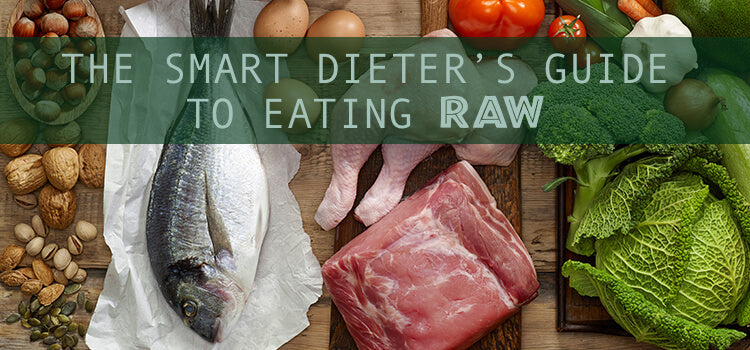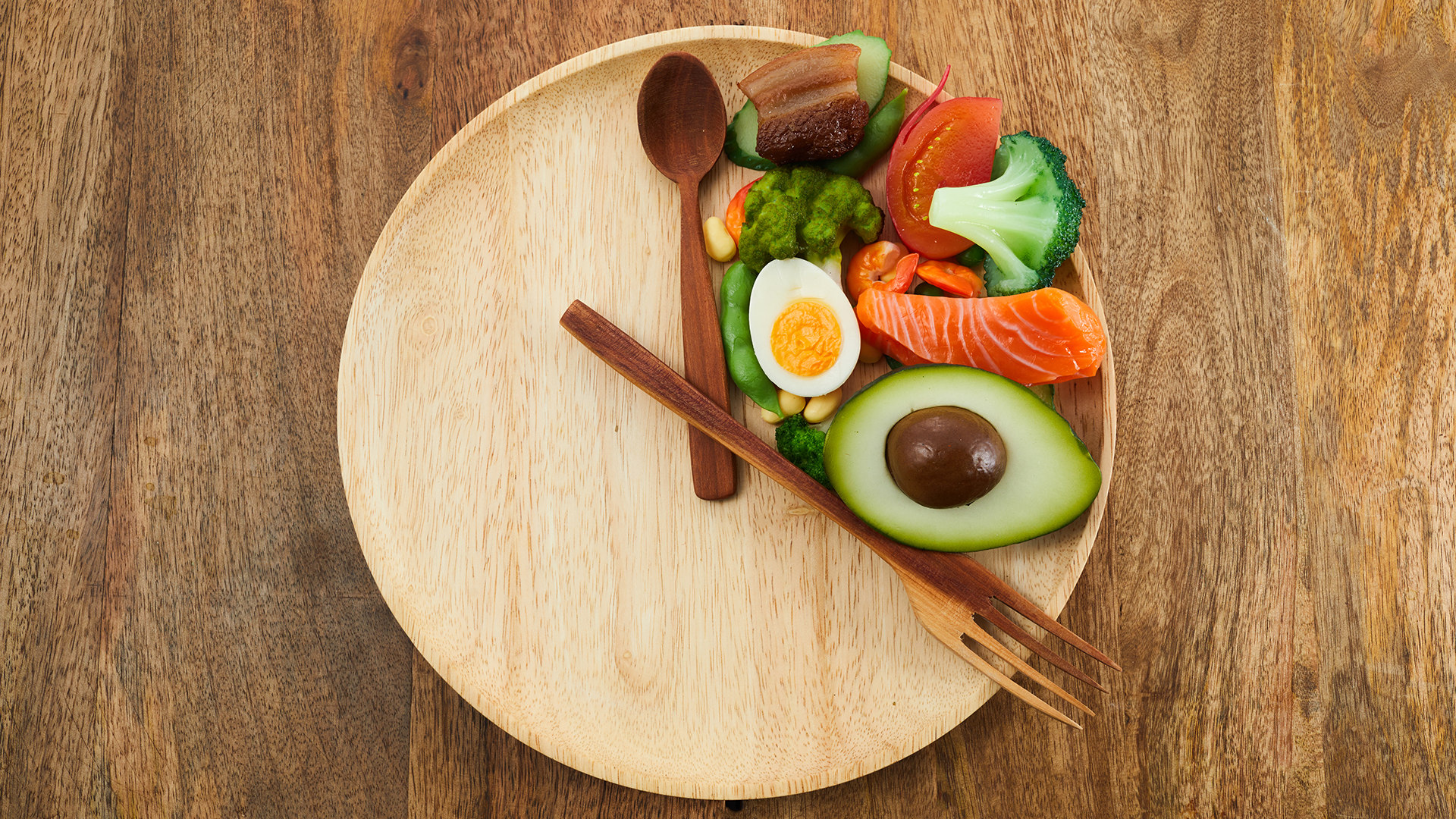Most smart dieters make gradual improvements to their diets in an attempt to lose weight and feel better. And, while each gradual improvement is likely to improve your chances of weight loss, nothing is as effective as exploring entirely new ways of eating to see what works for you. If you’re considering doing the same, eating raw food may be one of the best experiments to make with your diet.
Most people are vaguely familiar with what a raw food diet entails. But as a smart dieter planning to eat raw, it’s important you understand what a raw food diet is, the benefits of the diet, what you can eat, and how to prepare your food. In this article, we’ll explore these topics to ensure that you’re prepared to get started.
What is a raw food diet?
A raw food diet is an unprocessed, uncooked, primarily organic way of eating. Many people follow a raw food diet because they believe that cooking foods – heating them to temperatures above 48 degrees Celsius – destroys nutrients and natural enzymes. The natural enzymes in food help support digestion and protect against disease.
There are four main categories of raw food diets, although the most popular is the raw vegan diet. Here are the variations of the diet you may choose to follow:
- raw vegetarian: raw foods, eggs, and dairy
- raw vegan: raw foods with no animal products or byproducts
- raw omnivore: plant- and animal-based foods, but remaining mostly raw
- raw carnivore: raw meat only
A raw vegan diet is the most true to what a raw food diet should be. However, you may choose any of those variations depending on what works best for you.

The benefits of eating raw
When you consider the nutritional profile of the foods you’ll eat on a raw food diet, it should come as no surprise that you stand to gain a significant array of health benefits on this kind of diet. After all, fruits and vegetables are among the healthiest, most nutritionally complete foods available. By consuming them in their whole form, you’ll increase your intake of fiber, vitamins, and minerals on a daily basis.
Here are some of the most notable benefits of the raw food diet:
-
Strengthen your immune system. Goji berries, avocados, kale, mushrooms, and fruits high in vitamin C are all essential for immune system health. By eating these foods on a regular basis, you can strengthen your immune system and protect against disease.
-
Lower BMI. In a recent study, 18 participants followed a raw food diet for four years while others followed a standard diet. The result? Those who followed the strict raw food diet enjoyed a lower BMI as well as a significant decrease in body fat. Related to this benefit, a lower BMI reduces your risk of common health concerns like diabetes, heart attacks, and even strokes.
-
Protect against chronic disease. Unhealthy foods in a standard diet increase inflammation, digestive upset, and other related issues. Bioactive compounds found in most plant-based foods combat these effects by interacting with cells, hormones, and DNA to change cells and reduce the risk of chronic disease.
- Increase your energy levels. Because your body can make the most of all the nutrients and energy in raw foods, you’ll experience an energy boost when you consume them as well! This will help power your workouts, much like PhenQ does as your comprehensive weight loss supplement.
Getting started and what to eat on a raw food diet
Although many people are intrigued by the idea of a raw food diet, some may never start because it’s intimidating to eat in an entirely new way. However, there are many small ways you can break into this diet and start eating raw.
Here are a couple of ideas to get you started:
-
Add more raw foods to your diet. If you feel overwhelmed by the idea of an entirely raw diet, you can still reap some of the benefits by incorporating more raw foods into your existing diet. You can do this by starting your day with a green juice or a smoothie made with leafy greens and fruits or begin each meal with a raw vegetable salad and homemade raw dressing. You can also replace your typical snacks with vegetables or juices to continue integrating raw foods throughout your day.
- Choose a raw day. If you want to be more committed than simply adding certain foods into your existing diet, you can choose a day to eat raw. Once you do so and see how easy it can be, you can push yourself to eat raw for two, three, or four consecutive days. From there, you can make it to a week and continue increasing the length of time. This is the easiest way to make the transition to a raw food diet if you want it to become your primary diet or want to experiment with the lifestyle more seriously.
What can I eat?
Now comes the most important question: “What can I eat?”
While many people think that eating raw means eating the same food day after day, there are many variations you can follow to keep things interesting. As mentioned above, a raw food diet consists almost entirely of:
- fruits
- vegetables
- grains
- nuts
- seeds
And, although you can’t cook, you can use a blender to make smoothies or a food processor to make raw dressings. Explore your local produce section: chances are you’ll find fruits and vegetables you’ve never tried before. You’ll find new foods you enjoy and new ways to keep this diet interesting and relevant to your weight loss goals.
Smart dieters rejoice in a raw food diet
A raw food diet makes it effortless to lose weight because you’re eating nutritionally dense food and will feel satisfied doing so. As such, smart dieters love raw food diets because they make it easy to stay on track without feeling deprived and while boosting general well-being.
So, will you give raw a chance? Whether it be for one day or taking small steps by integrating more raw foods into your existing diet, doing so can support weight loss and give general health a boost as well.
Additional reading: The Science Of Fasted Workouts




